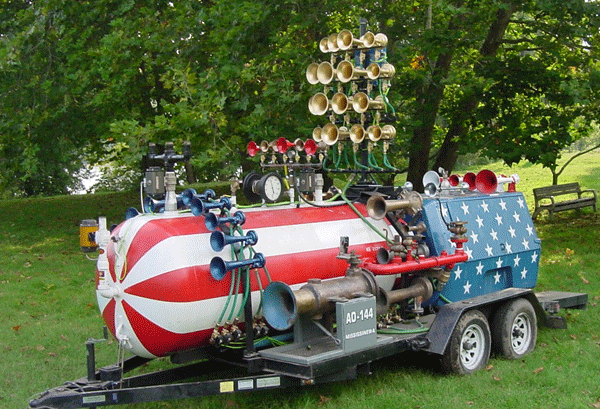Maker Faire Detroit: Great American Horn Machine Interview
Maker Faire Detroit is coming right up next weekend, July 28 and 29, at The Henry Ford, and Motor City’s finest creative minds, tinkerers, and innovators will be there to show off their creations and inspire. Lifelong maker Dana Dolfi is bringing something that’s guaranteed to get your attention, and we’re not just tootin his […]









